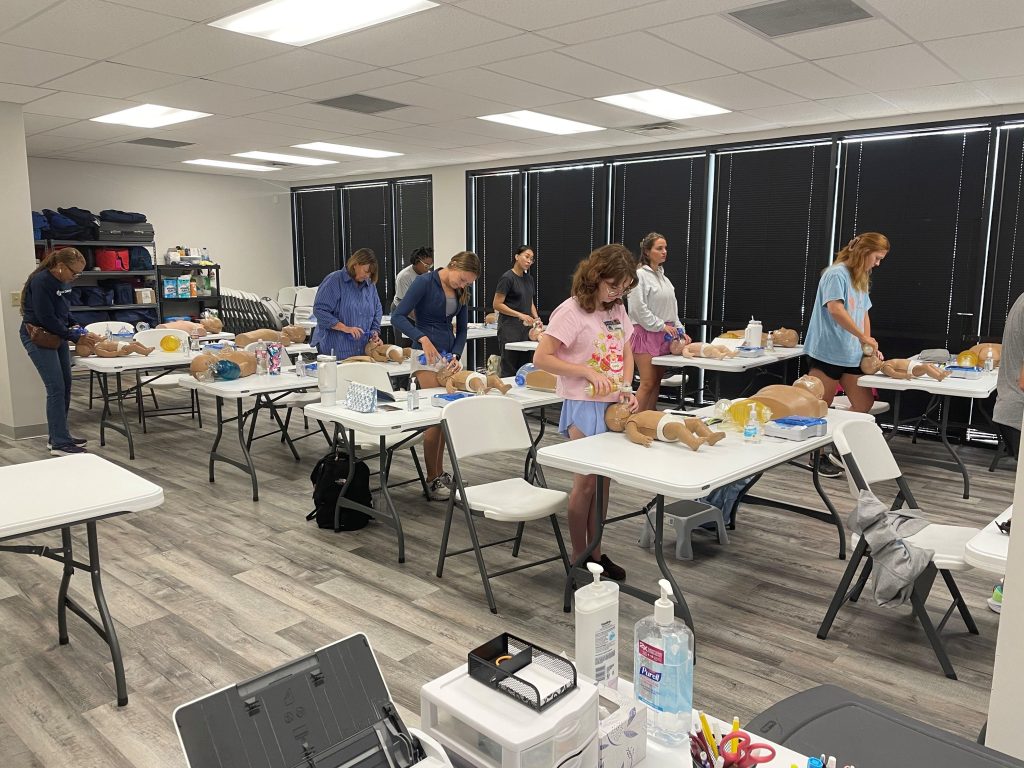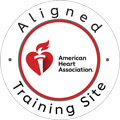Basic Life Support (BLS) is a critical set of skills that every healthcare professional should possess. In emergency situations, BLS can mean the difference between life and death for patients. This article will provide an overview of BLS training, emphasizing its significance and identifying those who should become certified in BLS. If you’re in Tampa and seeking to complete your BLS certification, CPR Tampa has you covered. Basic Life Support refers to the immediate medical care provided to individuals experiencing life-threatening emergencies. It focuses on maintaining and restoring proper circulation, establishing an open airway, ensuring proper breathing, and restoring circulation. BLS techniques are designed to be straightforward to learn, enabling healthcare professionals to administer timely assistance until advanced medical support arrives. Healthcare professionals are often the first responders in emergencies, and their knowledge and proficiency in BLS can make a substantial difference in patient outcomes. BLS training equips healthcare providers with the necessary skills and confidence to handle critical situations effectively, potentially saving lives. Basic Life Support training is beneficial for a wide range of healthcare professionals, including doctors, nurses, emergency medical technicians (EMTs), paramedics, dentists, and pharmacists. Whether you work in a hospital, clinic, or any other healthcare setting, BLS training should be a priority to ensure you are prepared to handle emergencies effectively.

The CABs of Basic Life Support
Understanding the fundamental aspects of BLS is crucial for healthcare professionals. Let’s explore the three main components of BLS: Compressions, Airway, and Breathing.
Compressions: Compressions keep oxygenated blood moving throughout the body. In BLS, healthcare professionals learn techniques such as chest compressions and the proper use of automated external defibrillators (AEDs) to maintain and restore circulation.
Airway: The next step in BLS is to ensure an open airway. This involves assessing the patient’s airway, clearing any obstructions, and positioning them appropriately to maintain an unobstructed passage for breathing.
Breathing: The next focus is on determining breathing patterns and providing rescue breaths if necessary. Healthcare professionals should be familiar with various techniques, such as mouth-to-mouth resuscitation, the use of barrier devices, or bag-mask devices to provide adequate ventilation.
AED
An Automated External Defibrillator (AED) is a portable device used to analyze a person’s heart rhythm and deliver an electric shock, if required, to restore a normal heartbeat. AEDs are critical in cases of sudden cardiac arrest, as they can significantly increase the chances of survival. Let’s take a closer look at the functions and significance of AEDs. Understanding their purpose is essential for healthcare professionals to utilize these life-saving devices effectively. Learning to operate an AED is an integral part of BLS training. The BLS course will provide hands-on instruction for applying pads, operating the device, and following the prompts provided by the AED. Simulations and practical exercises help healthcare professionals gain confidence in utilizing AEDs during emergencies. Knowing when to use an AED is equally vital. BLS training covers the recognition of cardiac arrest symptoms and the appropriate steps to take in activating an AED. Understanding the proper timing for AED deployment can significantly increase the chances of a positive outcome for the patient.
Call Us Now
Get the Best CPR Class in Tampa Today!
CPR
Cardiopulmonary Resuscitation (CPR) is a core component of BLS training. CPR involves a combination of chest compressions and rescue breaths to maintain blood flow and oxygenation in individuals experiencing cardiac arrest or respiratory failure. Let’s explore the steps involved in performing CPR on different age groups.
How to perform CPR on an infant
When performing CPR on an infant, healthcare professionals should follow specific guidelines tailored to their size and needs. The course will cover techniques such as providing gentle chest compressions with two fingers, ensuring proper head positioning, and delivering delicate rescue breaths.
How to perform CPR on a child
CPR techniques for children are slightly different from those used for infants and adults. Healthcare professionals will learn to adapt their approach by providing chest compressions with the heel of one hand, ensuring an open airway, and delivering effective rescue breaths.
How to perform CPR on an adult
CPR for adults follows a similar approach to child CPR but with some modifications. The course will cover techniques such as providing chest compressions with the heel of both hands, positioning the patient correctly, and ensuring effective ventilation during rescue breaths.
Basic Life Support Skills
To reinforce the skills learned during BLS training, hands-on practice sessions are crucial. These practice sessions provide an opportunity for healthcare professionals to refine their techniques, build muscle memory, and gain confidence in their abilities. Here are some essential components of BLS skills practice:
- Hands-on practice of adult and pediatric CPR techniques: Participants will practice performing chest compressions, rescue breaths, and the proper ratio of compressions to breaths for both adult and pediatric patients.
- Demonstration and practice of AED use: Participants will receive instruction on AED operation and have the chance to practice using the device in simulated scenarios. This practical experience helps healthcare professionals become familiar with AED prompts and gain confidence in their ability to utilize this life-saving equipment.
- Simulation-based scenarios for team coordination and communication: BLS training often incorporates simulated scenarios that mimic real-life emergencies. These scenarios encourage participants to work as a team, communicate effectively, and make critical decisions under pressure. This interactive approach enhances readiness and prepares healthcare professionals for the challenges they may face in the field.
Basic Life Support training is a vital component of healthcare professionals’ skill set, ensuring they can effectively respond to life-threatening emergencies. By prioritizing BLS training and honing these life-saving skills, healthcare professionals can enhance their ability to save lives and provide immediate care in critical situations. Attention healthcare professionals in Tampa! Are you equipped with the vital skills needed to save lives in critical situations? Look no further than our comprehensive Basic Life Support (BLS) training program, tailored specifically for healthcare professionals like you. Our expert instructors will guide you through hands-on CPR Tampa sessions, empowering you with the knowledge and confidence to respond effectively in emergencies. Don’t miss this opportunity to enhance your skills and become a valuable asset to your patients and community. Register now for our BLS Tampa course and take the first step towards saving lives with confidence.


